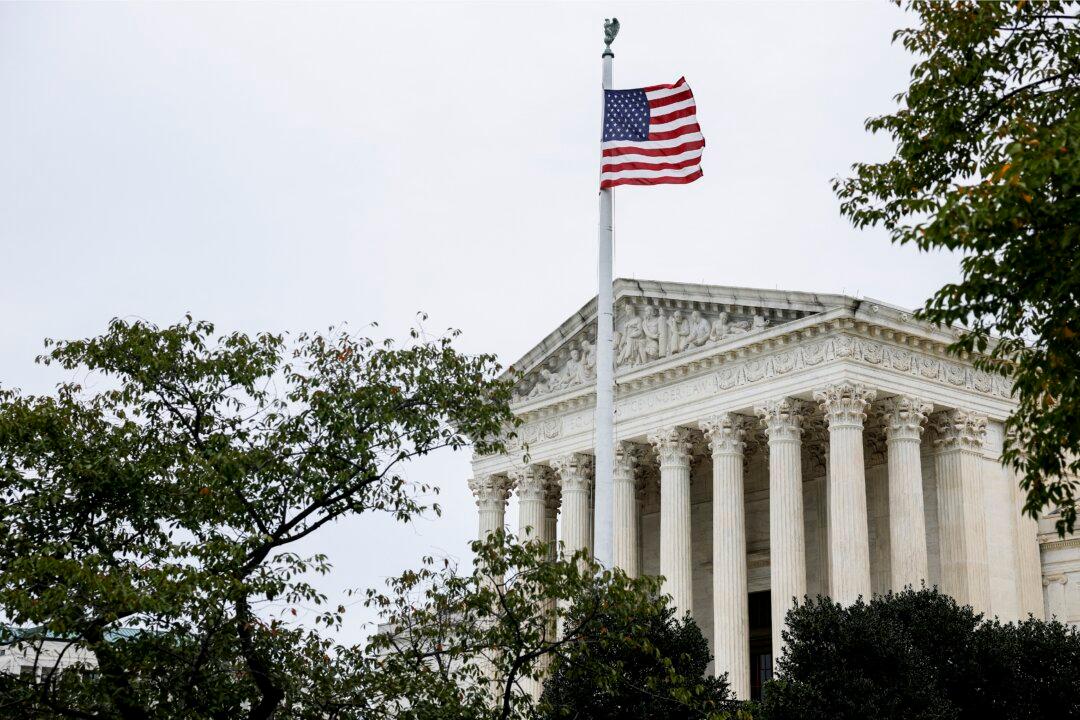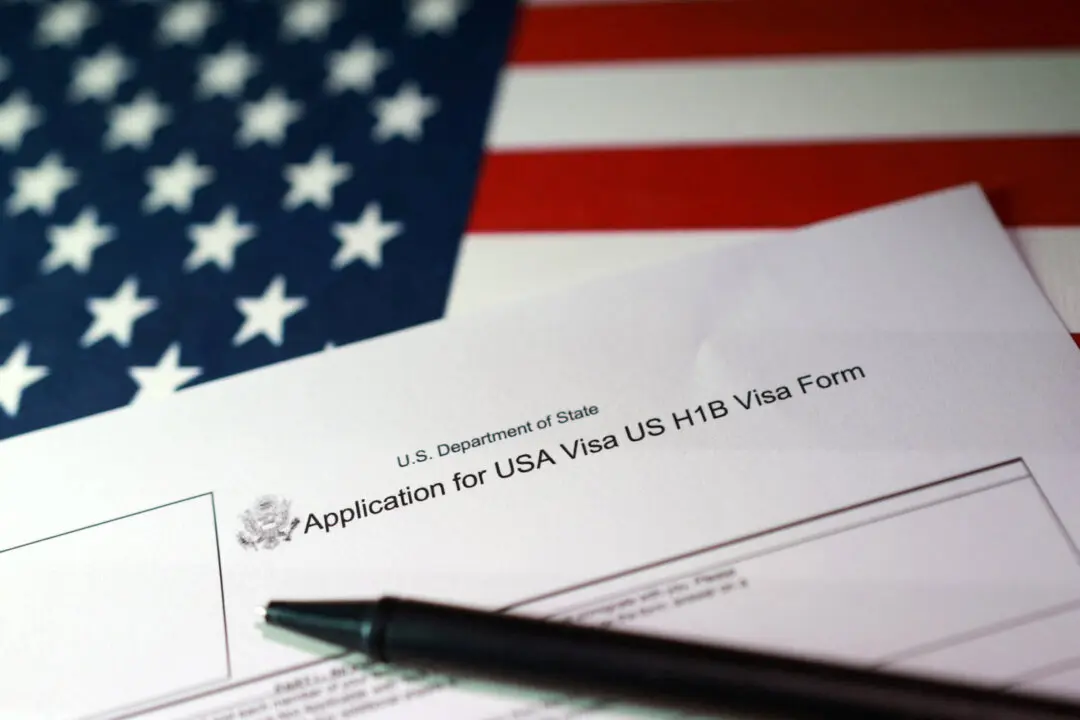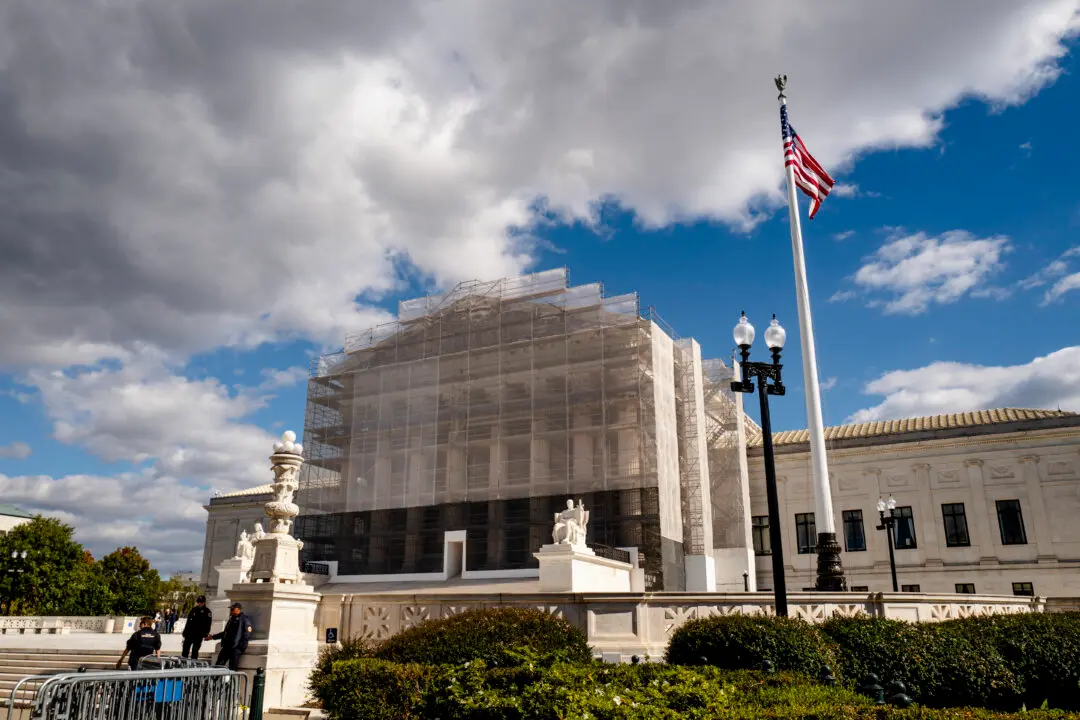The attorney for an Idaho couple who have been battling federal officials for years over the right to develop their own property asked the Supreme Court on Oct. 3 to rein in the U.S. Environmental Protection Agency’s (EPA’s) power to regulate wetlands.
Chantell and Mike Sackett had started building a new home in Priest Lake, Idaho, when the EPA and Army Corps of Engineers suddenly ordered them to stop all work. The two government agencies stated that the couple needed a federal permit and threatened them with more than $30,000 in daily fines.





